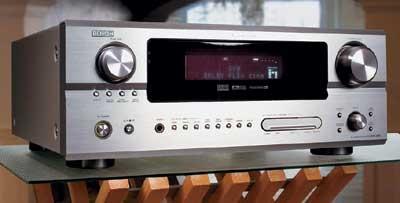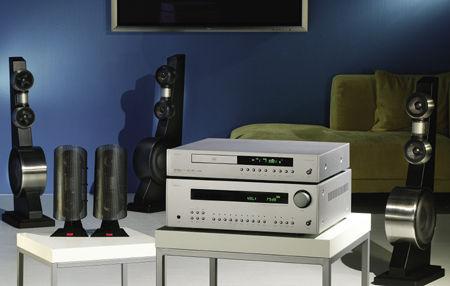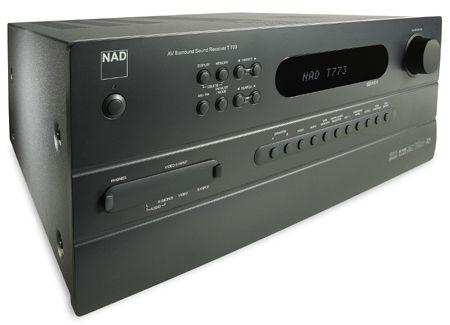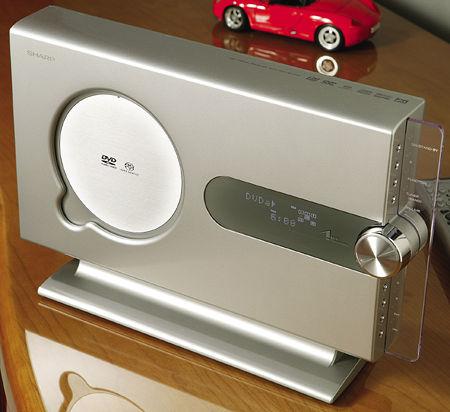AV Receiver Reviews
Sort By: Post Date TitlePublish Date
|
Feb 15, 2005 |
|
Feb 13, 2005 |
First Published: Feb 14, 2005 |
|
Jan 18, 2005 |
First Published: Jan 19, 2005 |
|
Dec 14, 2004 |
First Published: Dec 15, 2004 |
Anthony Gallo Acoustics Reference 3 Speaker System and Arcam AVR300 A/V Receiver and DV79 DVD Player
|
Dec 14, 2004 |
First Published: Dec 15, 2004 |
|
Oct 15, 2004 |
First Published: Oct 01, 2004 |
|
Aug 19, 2004 |
First Published: Aug 01, 2004 |
|
Aug 19, 2004 |
First Published: Aug 01, 2004 |
|
Aug 19, 2004 |
First Published: Aug 01, 2004 |
|
Aug 19, 2004 |
First Published: Aug 01, 2004 |



















